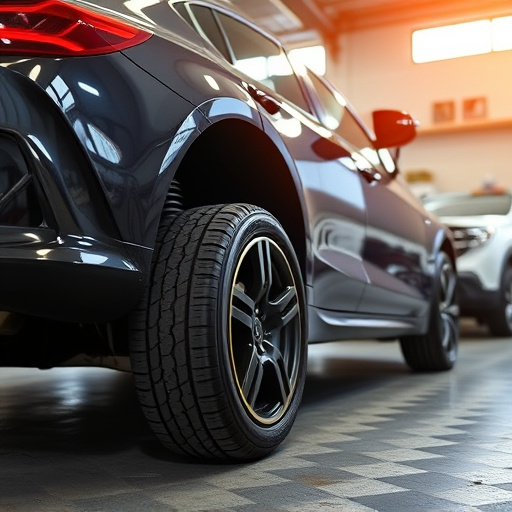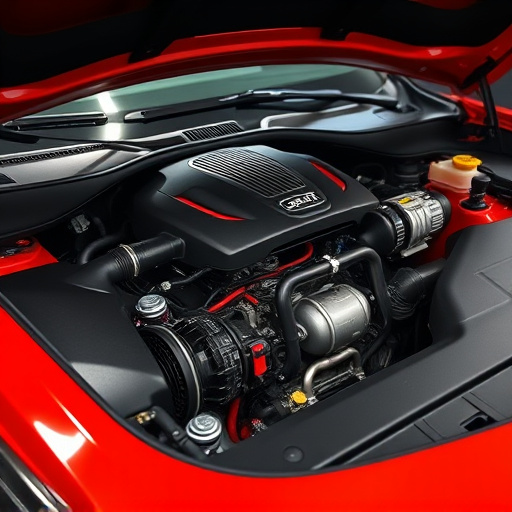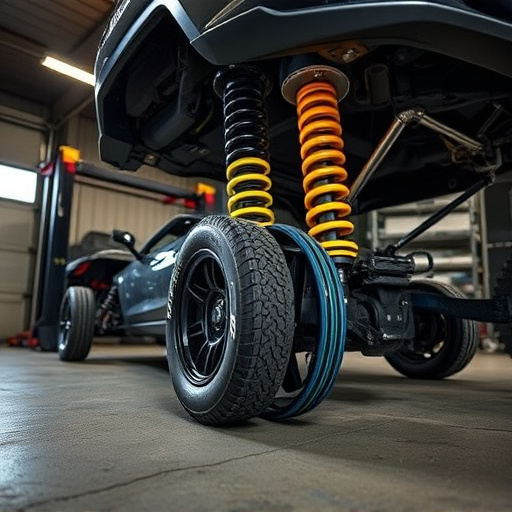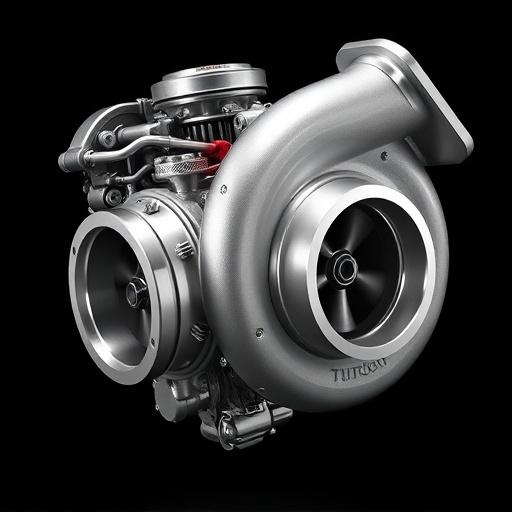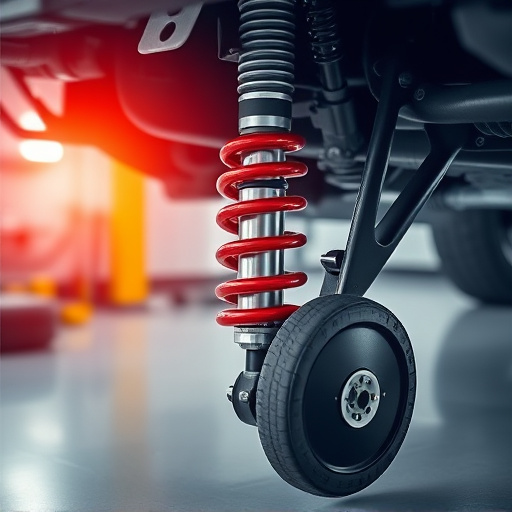Car suspension systems, comprising coils, springs, struts, control arms, and ball joints, are critical for performance and safety. Regular inspections using proper tools and safety measures prevent issues. During routine maintenance, visually examine shocks, struts, bushings, bearings, control arms, ball joints, tie rods, and brake components for damage or wear. Access lower areas by removing exhaust tips if needed. Review the entire suspension kit for correct functioning and wear patterns.
“Maintain your vehicle’s stability and safety with a comprehensive understanding of car suspension systems. This guide offers a basic insight into these complex yet critical components, essential for smooth rides. Learn about the tools and safety measures needed for effective inspection during routine maintenance. Discover step-by-step techniques to identify and address issues in shock absorbers, springs, struts, and control arms—key car suspension parts that demand regular attention. Optimize your vehicle’s performance and ensure a secure driving experience.”
- Understanding Car Suspension Systems: A Basic Guide
- Tools and Safety Precautions for Inspection
- Step-by-Step Suspension Part Inspection During Maintenance
Understanding Car Suspension Systems: A Basic Guide
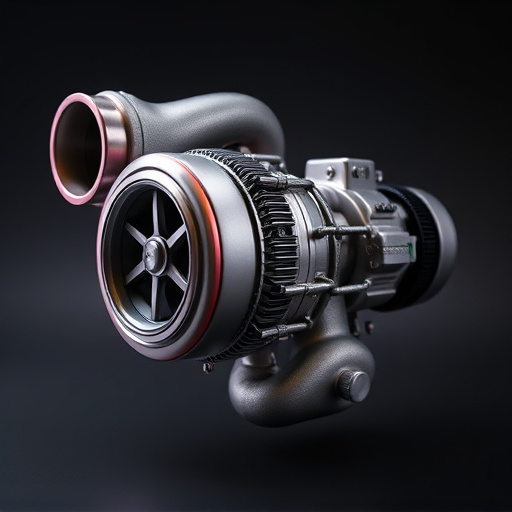
Car suspension systems are a crucial component of any vehicle’s overall performance and safety. At its core, it consists of several interconnected parts working harmoniously to absorb shock, maintain stability, and ensure a smooth ride. The primary components include coils, springs, struts, control arms, and ball joints. These elements work in tandem to manage the complex forces exerted on the car during driving, especially over uneven terrain.
Understanding how these car suspension parts function is essential for any owner looking to perform routine maintenance or identify potential issues. Regular inspection of suspension components can help detect wear and tear, ensuring timely replacement to avoid more serious problems. Moreover, knowing about high performance parts, such as upgraded coils or stiffer springs, can enhance handling and cornering capabilities, especially for those interested in optimizing their vehicle’s performance exhaust system.
Tools and Safety Precautions for Inspection
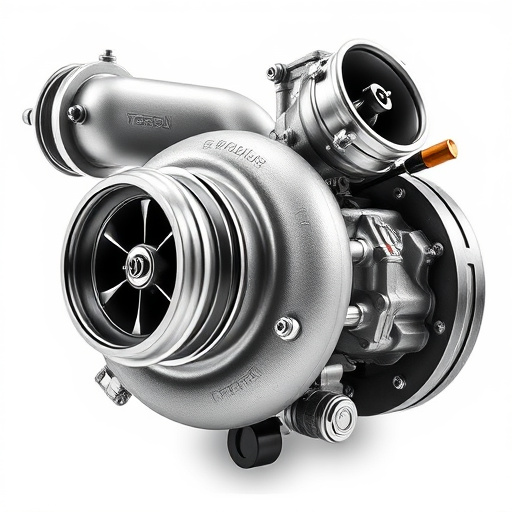
Before inspecting your car’s suspension parts, it’s crucial to have the right tools on hand and prioritize safety measures. Gather a jack, jack stands, a torque wrench, and a set of ratchet wrenches with various socket sizes. Always park your vehicle on level ground and engage the parking brake for stability during the inspection. Safety goggles and work gloves are essential to protect against debris and potential injuries. With these tools ready, you’ll be equipped to thoroughly examine critical suspension components like shocks, struts, control arms, and ball joints.
Remember, safety is paramount when working on your vehicle. Ensure your car is securely supported by the jack and jack stands before removing any parts. Be mindful of sharp edges and potential hazards within the suspension system. Regularly checking and maintaining these components through visual inspections can help prevent unexpected breakdowns and enhance your vehicle’s overall performance, especially in conjunction with well-maintained brake pads and a high-performance exhaust (like a cat-back exhaust).
Step-by-Step Suspension Part Inspection During Maintenance
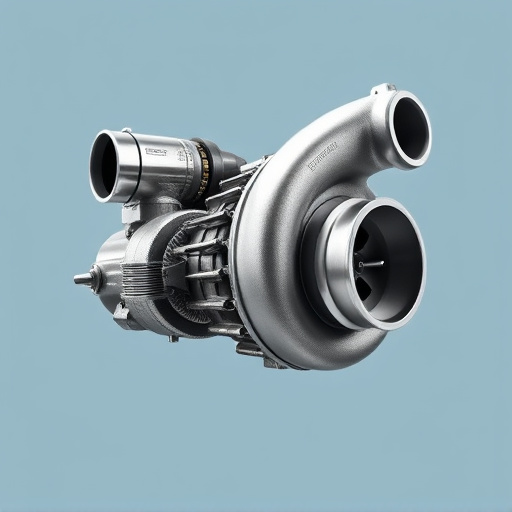
During routine car maintenance, inspecting your vehicle’s suspension parts is a crucial step to ensure optimal performance and safety. Here’s a simple, step-by-step guide to help you navigate this process. Begin by lifting the vehicle securely using jack stands, ensuring stability before accessing the undercarriage. Start with a visual examination of each component, checking for any signs of damage, wear, or deformation.
Pay close attention to the shocks and struts, looking for leaks, corrosion, or uneven tire wear, which could indicate issues with these critical suspension parts. Check the bushings and bearings for tightness and any abnormal noises. Inspect the control arms, ball joints, and tie rods for loose connections or excessive play. Don’t overlook the brake components as well; ensure all calipers are securely in place and pads are not excessively worn. If you’re comfortable, remove the exhaust tips to gain better access to the lower suspension and check for any signs of damage or obstruction that could affect your car’s handling. For a comprehensive inspection, consider examining the entire suspension kit, looking for wear patterns and ensuring all components are functioning correctly.
Regularly inspecting your car’s suspension parts is a crucial aspect of routine maintenance, ensuring optimal vehicle performance and safety. By understanding the basic components and following a systematic approach, you can effectively identify potential issues. With the right tools and safety precautions, you’re well-equipped to navigate through this process, allowing you to catch problems early on. Remember, a thorough inspection can prevent costly repairs and keep your car’s suspension running smoothly.









